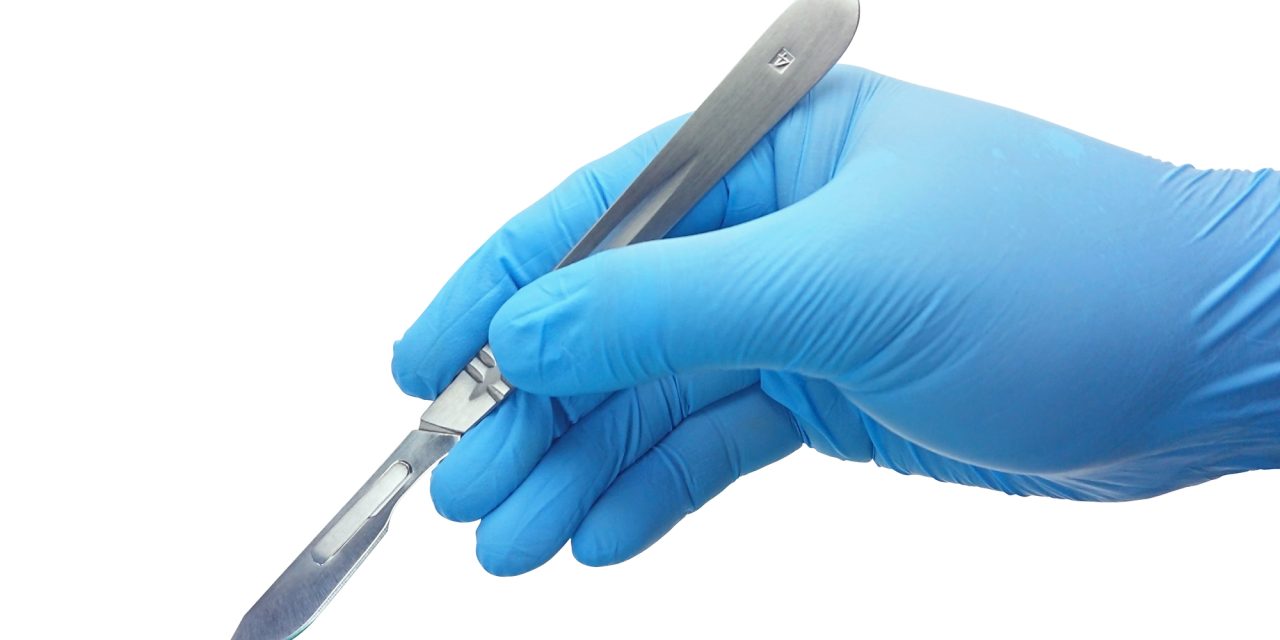Cases of injury on duty (IOD) are common in Hong Kong, but literature on this group of patients is limited. This study aims to describe local IOD cases’ epidemiological characteristics and identify factors affecting return to work (RTW) outcomes.
This is a retrospective epidemiological study of IOD patients in the orthopedic and traumatology center of Yan Chai Hospital in 2016, using the hospital’s electronic clinical record analysis and reporting system; 323 out of the 10 730 patients (M:F = 206:117; mean age 46.9 ± 11.3) were included. Data on demographics, the injury episode, administrative procedures, treatment and rehabilitation were collected. Outcomes were measured by “RTW” and “time to RTW from injury.”
Around 80% of patients had a successful RTW and the mean time to RTW was 10.6 ± 9.0 months. Patients who were female, divorced or widowed and living alone in a public rental flat were less likely to RTW. Psychiatric consultations (OR 13.70, P < .001), legal disputes (OR 8.20, P < .001) and more than 5 months of waiting time for physiotherapy (OR 3.89, P = .002) were the strongest among the numerous risk factors for non-RTW. An increase in one visit to the general outpatient clinic and the presence of legal disputes had lengthened the time to RTW by 4.8 days (P < .001) and 18.0 months (P < .001), respectively.
Several demographic, psychosocial and administrative factors were negatively associated with RTW in the local population. Recommendations were made for healthcare providers and policymakers accordingly.
© 2021 The Authors. Journal of Occupational Health published by John Wiley & Sons Australia, Ltd on behalf of The Japan Society for Occupational Health.
Who are less likely to return to work after getting injured on duty? A 12-month epidemiological evaluation in an orthopedic and traumatology center in Hong Kong.


